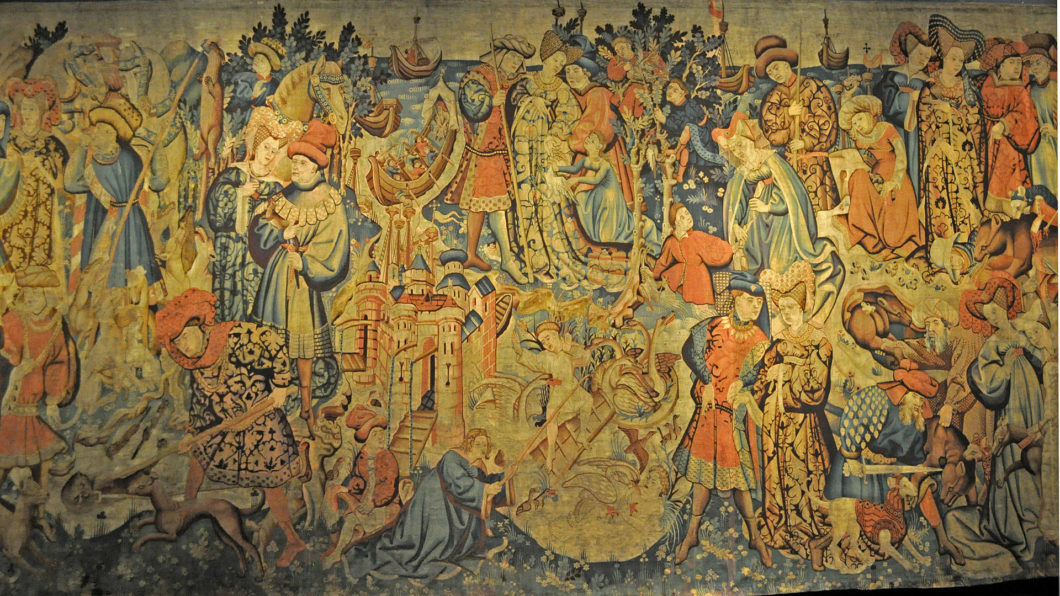
On Taylor, Anna. “Where Are the Wild Things? Animals in Western Medieval European History.” History Compass 16 (2018).
Social historians have examined (economically important) species, and cultural historians have analyzed the symbolism of animals in the Middle Ages. Taylor writes that the historiography of western European medieval animals is limited because few historians are interested in the animals themselves. To that end, Taylor suggests ways that medieval historians could study the experiences of real animals, and animal-human entanglements, of the middle ages by drawing on the “highly interdisciplinary” field of critical animal studies. Medieval animal history matters because “the close entanglement of medieval interspecies relations combined with the era’s contingent and expansive notion of the human offer a site for radically rethinking the ethics and possibilities of human-animal culture.” The animals themselves matter, to Taylor and Haraway, whom she cites. Like Estes, albeit in a historical capacity rather than a literary/cultural studies one, Taylor is interested in decentering history so that “not all history should be human.” This source is important because it sheds light on the interdisciplinary nature of animal studies and how it is impacting multiple branches of medieval studies, in not only literary (“unreal”) but also “real” landscapes (see: Estes) and contexts (see: Kay, Koyuncu, and MacGregor).

